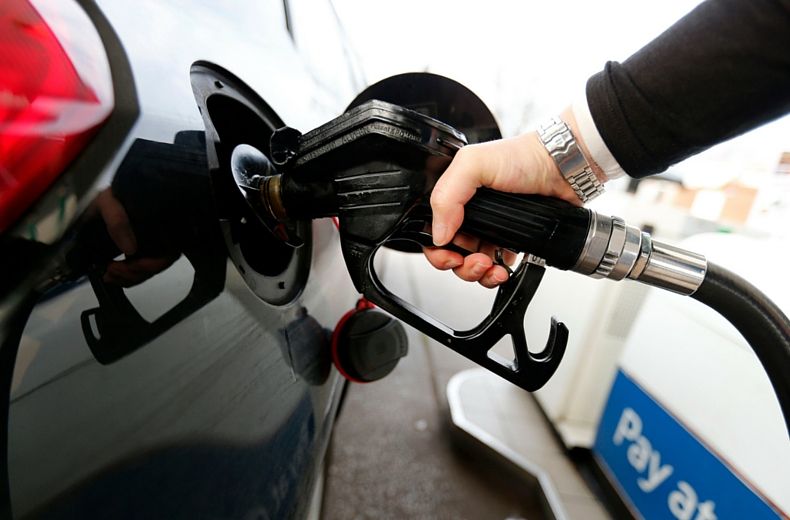Worryingly for drivers, unleaded has risen by 3.2p from 140p on 29 January to 143.4p on 18 February and diesel has shot up from 148p to 152p in the same period, adding around £2 to filling up a family car.
RAC Fuel Watch data shows petrol had been on a welcome downward trend over the last three months, falling by 17p from 157p to below 140p in mid-January – the first time it had been below this mark since mid-October 2021.
While the price of diesel had also reduced by 15p from 163p in early October to just below 148p in late January, it was cheaper for much of last summer.
The pump price increases have been brought about by a jump in the price of oil which has been trading above $80 a barrel for most of the last four weeks, having been well below that for the previous seven.
RAC fuel spokesman Simon Williams said: “News that fuel prices have bottomed out and are now on the rise again is bad news for drivers, and possibly the economy and future inflation rates, too.
“While we’re not expecting prices to shoot up dramatically, it appears that oil is trading up, which in the absence of a stronger pound, means wholesale fuel costs more for retailers to buy in. The result is higher prices at the pump and more expense for the every-day driver.
“The Red Sea attacks by Houthi rebels, which are forcing tankers to avoid the Suez Canal and instead go round South Africa’s Cape of Good Hope, are clearly playing their part, but so have global refinery maintenance closures, the start of America’s driving season and UK retailers buying more fuel stocks ahead of the Budget to protect against a possible fuel duty hike by the Chancellor.
“Despite these factors, we ought not to see forecourt prices go up too much more from where they are today, but a lot depends on how much margin the biggest retailers decide to take.
“Positively for drivers, supermarket margins are lower than they were in January, but they are still significantly higher than they were prior to the pandemic and Russia’s invasion of Ukraine.
“If a ‘new normal’ supermarket margin were to settle around 7p, drivers would get a fairer deal. Last year, RAC data shows they benefitted from an average mark-up of 10p on every litre of fuel sold as opposed to just under 6p in 2019.”
Motorists looking to save money at the pumps should start using the fuel finder feature in the free myRAC app as it can help shave off as much as 6p a litre.2
The app can be downloaded for free from the App Store or Google Play.
Up to nine searches a day can be made over a two, five or 10-mile radius, with each giving the five cheapest prices.
The web page has more information about the average price of petrol and diesel at the big four supermarkets and at motorway services.
It also features graphs showing average prices since 2000 and a daily financial breakdown of the cost of a litre of petrol and diesel.
What do you think of current fuel prices? Leave your views in the comments section below.

RAC sale – up to 33% off*
• Roadside cover from £5.29 a month†
• We get to most breakdowns in 60 mins or less
• Our patrols fix 4/5 breakdowns on the spot









